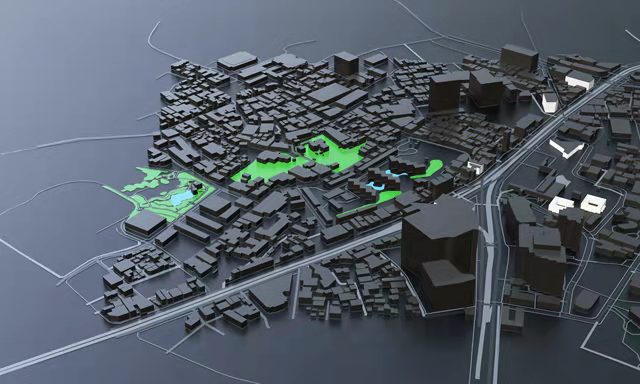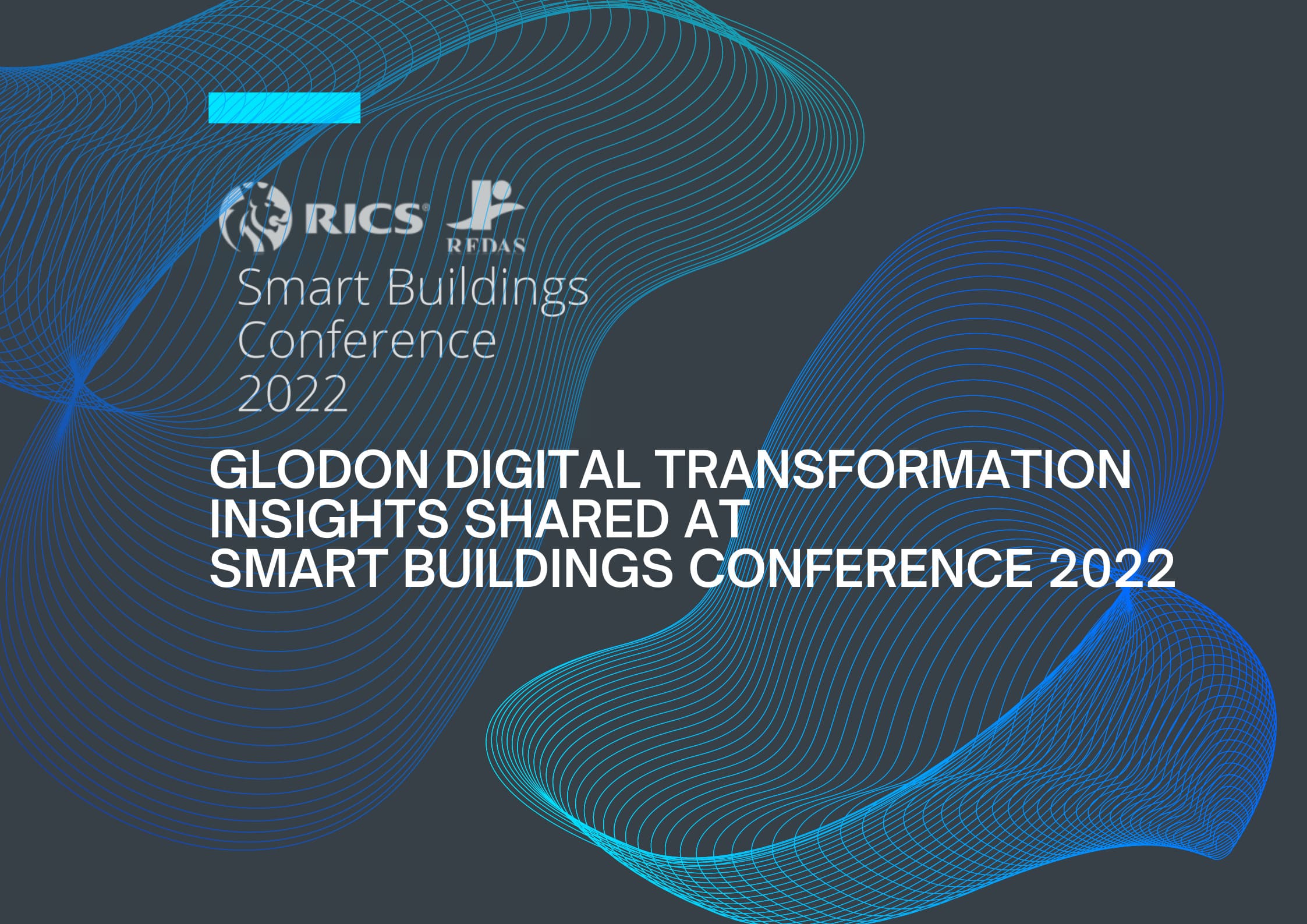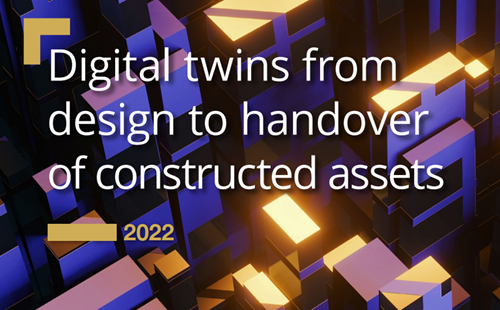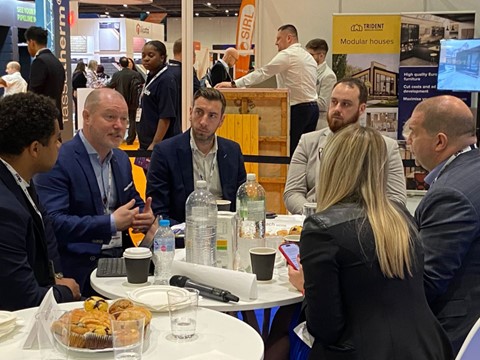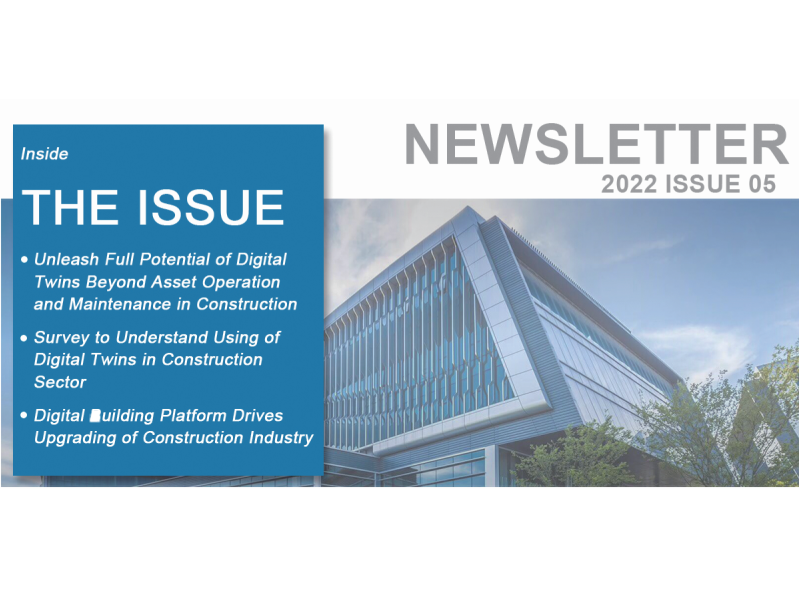Nov 29.2023
Building Tomorrow: Perspectives for a Sustainable Future
Original article published by BuildinDigital
During a recent micro-conference hosted by
Build in Digital, industry experts Andy Mitchell, Pierpaolo Franco, and George
Mokhtar shared their insights on how construction can embrace a sustainable
future – it’s in the data
The construction industry stands at the crossroads of transformation. It’s a place where technology, sustainability, and cultural change converge to shape the future of how we build.
Navigating the right route – the one that hits those crucial net zero targets – isn’t an easy challenge, that’s clear, but it’s not impossible either, as those ‘tuned in’ to Build in Digital‘s recent online conference will have heard first-hand.
At the event, three influential voices – Andy Mitchell, operations director responsibility business lead for Mace Construction; Pierpaolo Franco, VP international market development at Glodon Company Limited; and George Mokhtar, director, digital services lead at Turner & Townsend – shared their insights on the challenges and opportunities that lie ahead.
Challenges, Carbon Analysis, and Opportunities
Mace takes an “aggressive” stance on carbon. In saying that, Mitchell meant that the company has set itself tough standards, but in so doing it is also striving to become a guiding light for its clients.
“We’re going for 2026 with our targets,” he says. That target is to reduce client emissions by 10m tonnes of carbon. “We have a responsibility as an influencer to drive carbon down.”
Carbon data is crucial to this. In his session, Mitchell shed light on the challenges faced by Mace and the construction industry at large.
Early-stage data subjectivity emerges as a primary hurdle, he explained, highlighting the difficulty in choosing accurate carbon numbers during the initial design phase.
The absence of a legislative framework compounds this challenge, leaving the industry without defined guidelines and standards for carbon analysis.
Furthermore, the quality of carbon data becomes a pertinent issue. In a relatively new industry, the Mitchell noted the variability and lack of specificity in the available data.
This challenge is coupled with an ongoing need for industry awareness and education, as some sectors remain unaware of the pressing need for comprehensive carbon analysis.
While there are tools for this, Mitchell acknowledges its time-consuming nature. The manual data entry required for each building element is described as cumbersome, presenting a practical challenge in the current workflow.
This raises questions about the efficiency of existing tools, and the need for streamlined processes in carbon analysis.
Despite the challenges, Mitchell outlined a
future vision where estimating tools and BIM models seamlessly integrate to
automate carbon calculations so that we can have a continuous cycle of data
updates.

The aim is to enhance efficiency, accuracy, and visualisation, providing a dynamic overview of carbon concentrations and aiding decision-making throughout the construction process.
Sustainable Construction Through Technology
Franco strongly advocates for the pivotal role of technology in addressing the challenges faced by the construction industry, especially in the realm of sustainability.
According to him, the adoption of digital solutions, particularly through a platform approach, can revolutionise the way the industry designs, constructs, and operates buildings.
Glodon isn’t shy about practising what it preaches; indeed, it’s an integral part. As Franco points out, the company uses its buildings and facilities as a test-bed for its research and development.
“We have made a progressive journey of digitalisation, and have used our own buildings, Franco said. “We apply our technology and test it.”
In his presentation, one of Franco’s key points is the need for real-time monitoring facilitated by a comprehensive platform. He argues that such an approach allows for the seamless collection and analysis of data throughout the entire life cycle of a construction project.
This, he believes, ensures better decision-making and resource allocation. Franco envisions a future where technology optimises every phase of a building’s life cycle, from virtual design to construction and operation.
The platform approach, as suggested by Franco, offers a unique opportunity to create a connected and data-driven environment, promoting efficiency and sustainability.
While acknowledging the challenges in the current landscape, Franco sees them as opportunities for growth.
He highlights the lack of universal indicators and legislation, emphasising the need for a common framework for data management. Transparency and accountability are key components that, according to Franco, can be addressed through the thoughtful deployment of technology.
The success of Glodon’s own Glodon (Xi’an)
R&D Center project is an example of how technology, deployed through a
platform, resulted in significant improvements in cost, speed, efficiency, and
resource collaboration.

Glodon’s vision goes beyond the digital transformation of construction, however; it’s about building a sustainable future where every phase of a construction project contributes to a healthier, more efficient, and environmentally conscious world.
Technology, Systems Thinking and Culture Shift
In the presentation, Mokhtar set about dissecting the complex dynamics between sustainability, productivity, and technology.
He began by echoing author William Gibson’s famous words: “The future is already here – it’s just not evenly distributed.”
This sentiment underscores the construction industry’s struggle with the uneven adoption of technology. As he pointed out, when it comes to AI, the construction industry has the “least maturity” of any sector.
Mokhtar emphasised the need for a shift towards a value-driven market in the construction industry.
Instead of solely focusing on traditional project goals such as time, cost, and quality, he urged stakeholders to recognise the evolving landscape with new and more critical value levers.
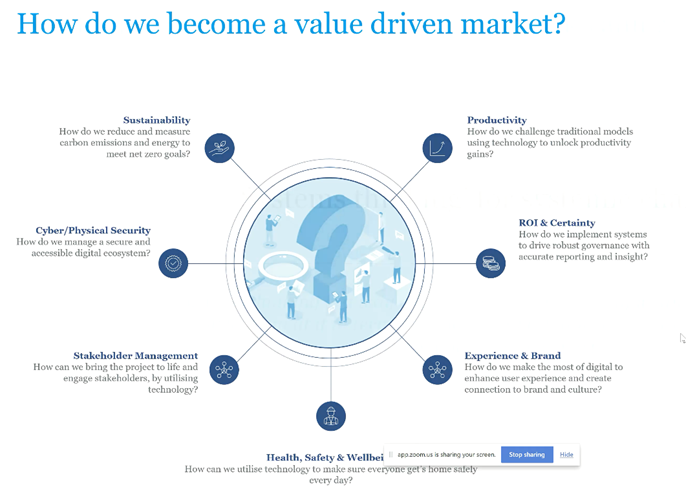
The complex equation of delivering a project on time and on budget, while also ensuring sustainability, return on investment, certainty, stakeholder management, clients’ experience and brand, and health and safety requires a holistic approach.
What he proposed is a shift from viewing projects or programmes as stand-alone entities to perceiving them as steps in an ongoing journey.
This perspective considers the continuous evolution of the industry, involving various stakeholders in a state of constant flux.
A cultural shift is crucial for applying systems thinking effectively. Mokhtar advocated for a transition from the existing “people culture,” where success or failure is often attributed to individual heroes or blame, to a “process culture,” where success is celebrated as a result of effective processes, and failures lead to collaborative efforts to improve those processes.
He also envisioned a platform-based approach as the foundation for cultural change. Platforms would integrate best-in-class tools, fostering interoperability and providing holistic insights.
“I believe we need to be digital by default as an industry,” he said.
There was certainly plenty of food for thought to digest after the conference, but the three speakers – Mitchell, Franco, and Mokhtar – shared a key message: The future of construction lies in embracing the collective wisdoms they shared with the audience.
By fostering collaboration, prioritising sustainability, and instigating cultural change, the industry can build not just structures, but a legacy of responsible, efficient, and future-proof practices.



